Fleas are parasitic insects that mostly feed on the blood of animals but can also feed on human blood. These insects are usually found on their warm-blooded hosts and prefer hairy animals like cats, birds, and dogs. They like to feed and breed under the fur and feathers.
How do you know if you have fleas in your bed? Waking up with new clusters of insect bites, especially around your ankle, is the first indicator that there are fleas in your bed. If pet dogs and cats are allowed to sleep in bed, there’s a higher chance that the bites came from fleas. Additionally, black-colored spots, debris, or bloodstains on the bedding can be flea debris or flea eggs.
These insects in the bed might be annoying, but there are methods that can be used to repel and keep them out of your bed. This article will discuss why fleas are found on beds, how to prevent them, get rid of fleas, and much more.
Can Fleas Live In Your Bed?
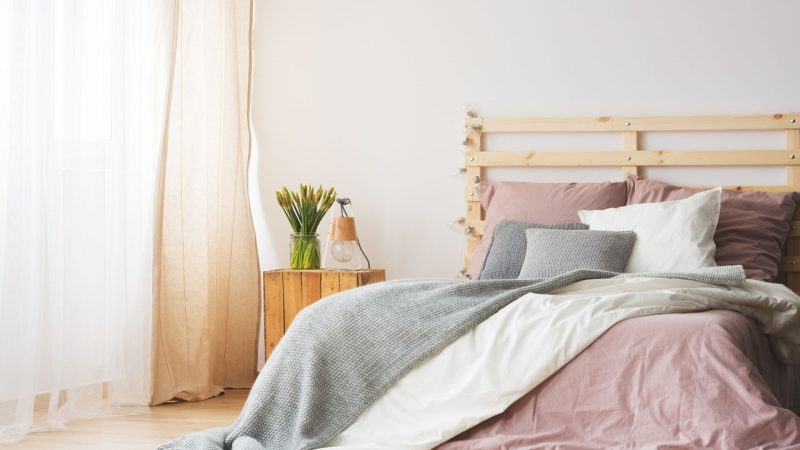
Fleas prefer living on their hosts and prefer warm-blooded animals with fur and feathers. Therefore, the bed isn’t the best place for them to live. However, if fleas happen to be transferred or brought to bed by animals in the household, fleas can live in bed. The warm environment provided by the bed and mattress is ideal for fleas to breed and lay eggs.
Where Do Fleas Hide in Bed?
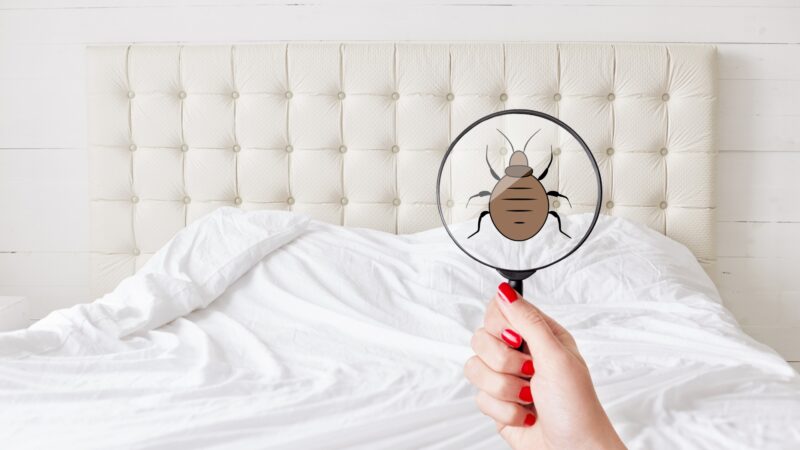
Fleas commonly hide in cracks and little gaps in the mattress. They can also be found hiding between the sheets, under the pillows, and within the pillowcases.
How Long Can Fleas Live In Your Bed?
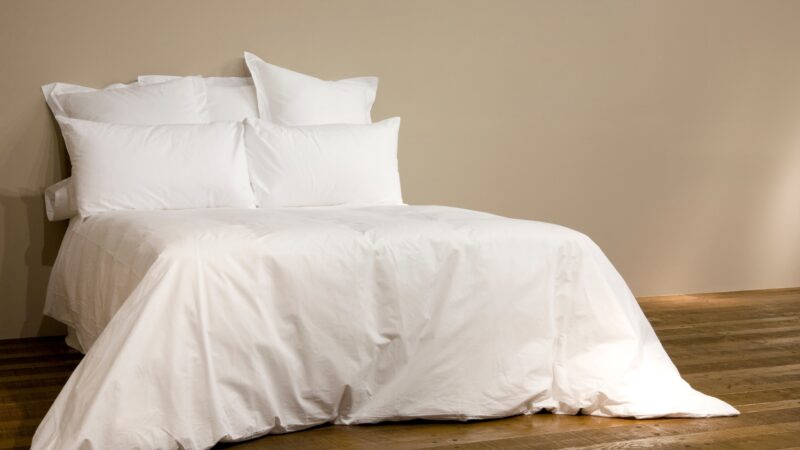
Fleas can live up to a year if they have constant access to the blood they feed, as the bed may provide shelter to fleas after sucking blood from their hosts. It will prolong if there are no actions performed to get rid of them. However, without a host to feed on, fleas can only survive up to 4 days.
Related: How Long Can Fleas Live Without a Host? | Information and Facts
Signs of Fleas in the Bed
The following are the signs that you have fleas in your bed:
- Flea bites: Itchy red spots and dots in clusters on lower legs, especially around the ankles.
- Black or dark spots and stains on the bedding: It is caused by flea debris or flea dirt.
- Flea larva: It is very small to notice but can sometimes be found on the bed’s surface to feed.
- Flea eggs: It is noticeable like a grain of rock salt, grouped under pillows or bed sheets.
- Fleas: Multiple fleas are hopping or jumping around if disturbed and threatened.
Can You Feel Fleas Crawling?
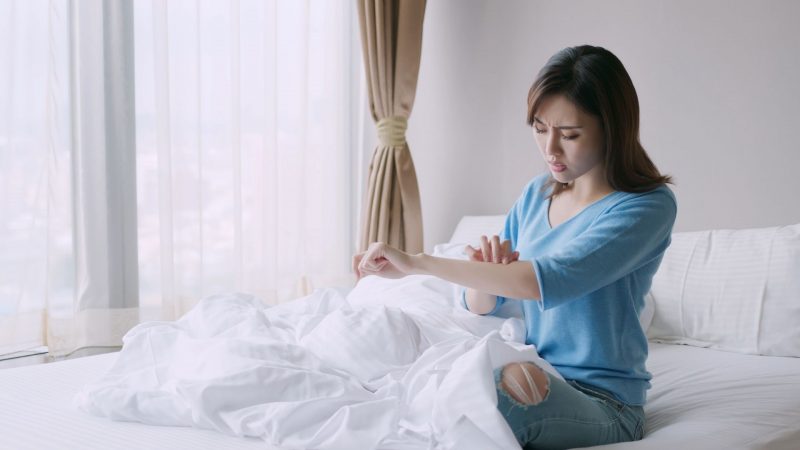
Fleas are known for jumping onto their hosts and sucking blood. When their host is resting or sleeping, that’s the perfect time for them to operate. On the other hand, fleas can be felt and seen hopping and trying to bite an awake person.
Will Fleas Go Away on Their Own?

Fleas will die within a few days if they do not have access to a host to feed on. If they discover that they can’t feed on blood anymore, they’ll try to relocate to a new site where they can feed or find a host, preferably animals.
How Did I Get Fleas in My Bed?
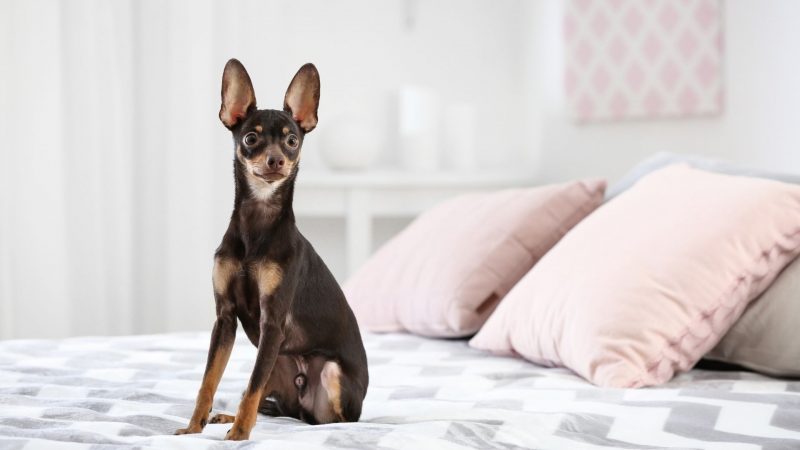
The most typical reason for fleas in beds is they are carried by house pets such as dogs and cats, which may have left them in the bed. Fleas can hide and survive in beds, so they’ll stay there until they find a way to feed on the blood, which are people who sleep in the same bed.
How Can I Get Rid of Fleas in My Bed?
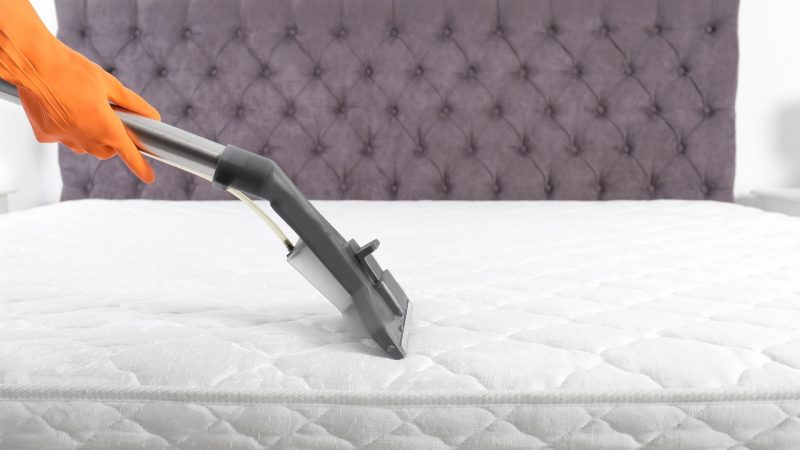
Cleaning and washing the bedding, pillows, pillowcases, and blankets are the most effective way to get rid of fleas in bed. Fleas on them can be easily killed by washing them with detergent soap and water.
Vacuuming the bed frame and mattress, especially the cracks and areas where fleas could hide, can be helpful. Homemade flea remedies can also be helpful and effective; spraying fleas with dish soap and water can also kill them. Lemon spray can also be effective, not only for fleas but also for other pests and insects in the house.
How to Get Rid of Flea Larvae in Bed?
Aside from washing bedding, pillowcases, and blankets, a vacuum can easily get rid of flea larvae in bed. The vacuum’s pressure and power can kill them because flea larvae are weak and fragile, making them easy to kill. Pouring salt or baking soda into areas where larvae are potentially lurking can also be effective. Salt and baking soda can kill flea larvae by drying the surface and causing dehydration.
Related: Baking Soda for Flea Control: Does Baking Soda Kill Fleas?
What Can I Spray on My Mattress to Kill Fleas?
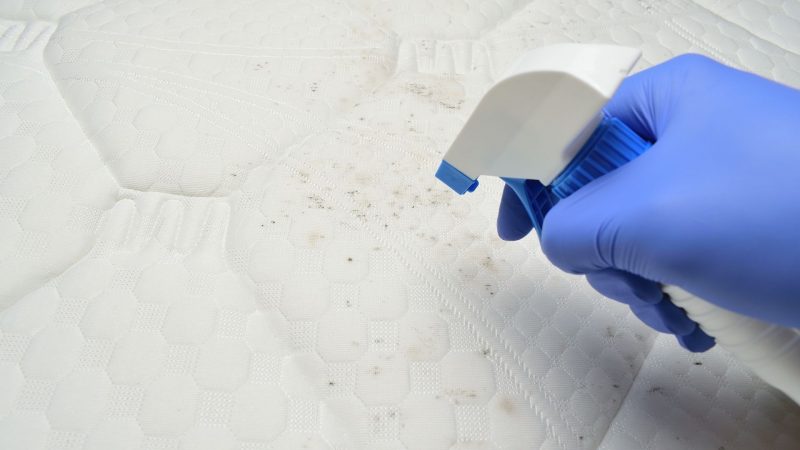
There are natural flea-killing treatments that can be created at home. It’s possible to utilize vinegar and water or dish soap and water. Fleas can also be killed with herbal and lemon spray. However, pesticides and chemical sprays for fleas are very common to kill fleas.
Dangers of Fleas for Humans

Fleas prefer animals over humans, but when they feed on humans, their bites can be annoying. Their bites are so itchy that uncontrollably scratching may cause wounds and can lead to infection. Especially for people with sensitive skin, flea bites can develop into hives and rashes.
Flea-borne diseases such as typhus and the plague bacteria are another threat that fleas pose to humans. If a flea is infected with one of these diseases, it can spread to humans through its bite.
Common symptoms of these flea-borne diseases are fever and chills, body aches and muscle pain, loss of appetite, nausea, vomiting, stomach pain, and cough. These symptoms can be severe, leading to life-threatening situations.
Do Fleas Bite Humans at Night?
Yes. Fleas can be labeled as nocturnal. However, the major reason they bite humans at night is to allow them to eat effectively as humans sleep.
How Do I Stop Further Flea Infestations?
The main reason why there are fleas in the house is that fleas are host to house pets like cats, dogs, and even birds. To avoid further flea infestations. you should do the following:
- Once pets are treated with fleas, clean and sanitize the entire house, and wash any washable fabrics that may be flea-infested.
- Vacuum the carpets and sofas.
- Change your bed sheet and pillowcases regularly.
- Vacuum your mattress and bed frames on a regular basis as well.
- Using flea repellents like citronella, eucalyptus, peppermint, tea tree, and rosemary can also help stop further flea infestations at home.
Related: How To Kill Fleas? Best Flea Killers
List of Sources
Merchant, M., Robinson, J. Controlling Fleas. Texas A&M AgriLife Extension.
Potter, M. F. (2018). Flea Control and Prevention. University of Kentucky College of Agriculture.
Flea-Borne (Murine) Typhus. (2020). Centers for Disease Control and Prevention.
Questions and Answers About Fleas. (2007). Michigan State University Extension.
- How to Get Rid of Copperheads | Practical Guide - August 27, 2023
- How to Get Rid of Corn Snakes | What Makes Them Aggressive? - August 27, 2023
- How to Get Rid of Alligators | Safety Measures and Removal Methods - July 16, 2023
